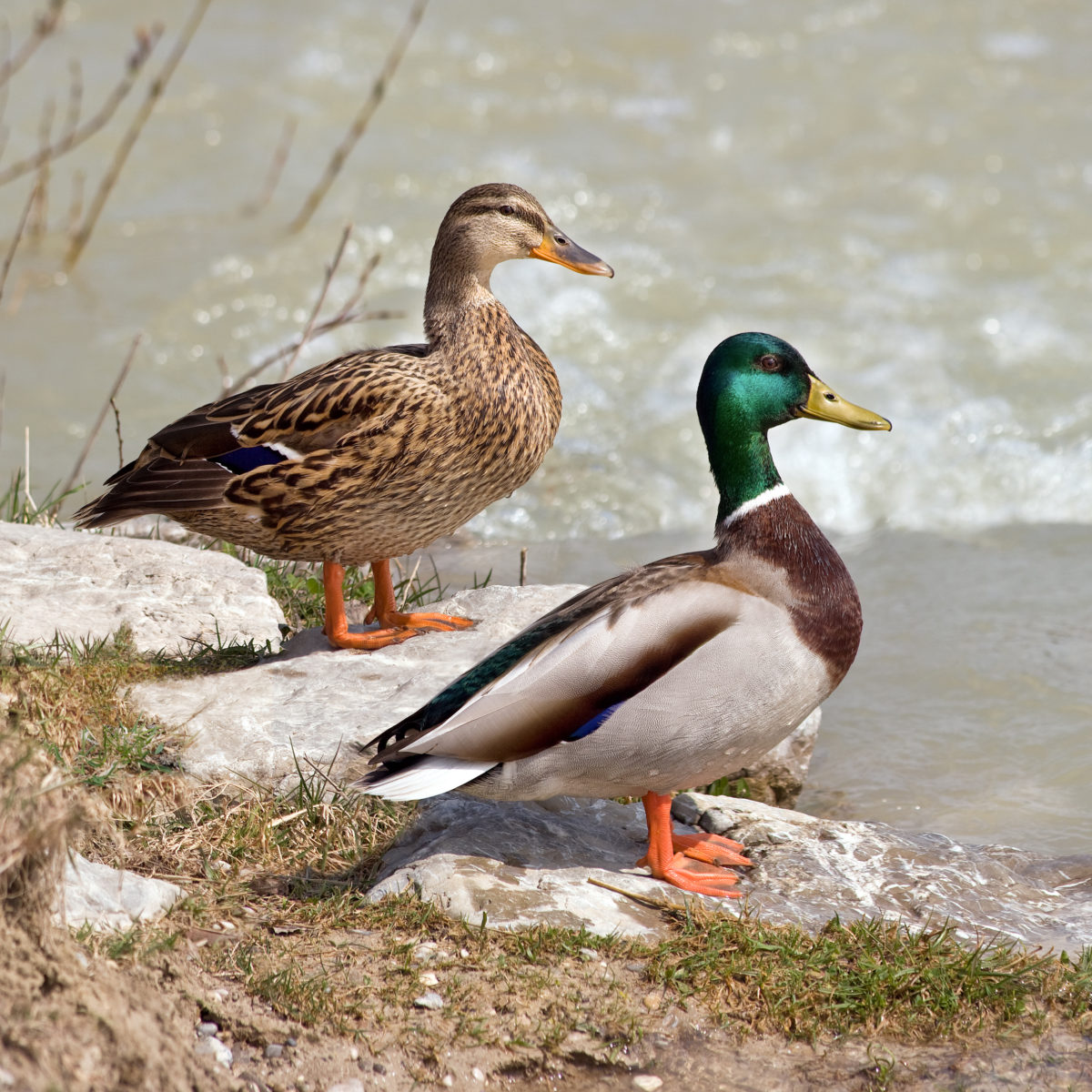Problem:
Many kids around the world live in remote out of the way places and have to walk many miles to get to school each week.
Biomimicry Idea:
Mimic a mallard duck and how it migrates to different places. Create a school that “migrates” like a mallard duck so kids will have better access to school. The mallard duck migrates depending on the season. The migrating school migrates depending on the day. Each day it goes to a different place and students who live nearby will walk there, and students who live farther away will get picked up on the way. Ducks store the food they eat in a structure called a crop. The bus’s crop would store supplies in overhead compartments. To save paper the bus features white boards on the back of each seat. Where the mallard duck migrates they find the resources they need in their new home. The bus will park in a place like this where there is food, bathrooms, and shelters for the students. The bus will have a small bathroom in the back though.

How does nature time the mallard duck’s migration?
During the summer months, mallard ducks fly north to breed. In the winter, during non-breeding months, they go south. Ducks know by changes of weather and changes in the length of sunlight when the seasons are changing, and therefore when to migrate.
